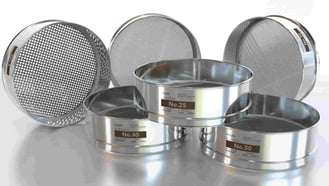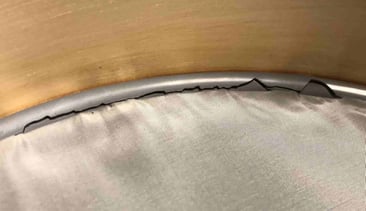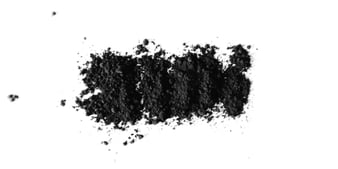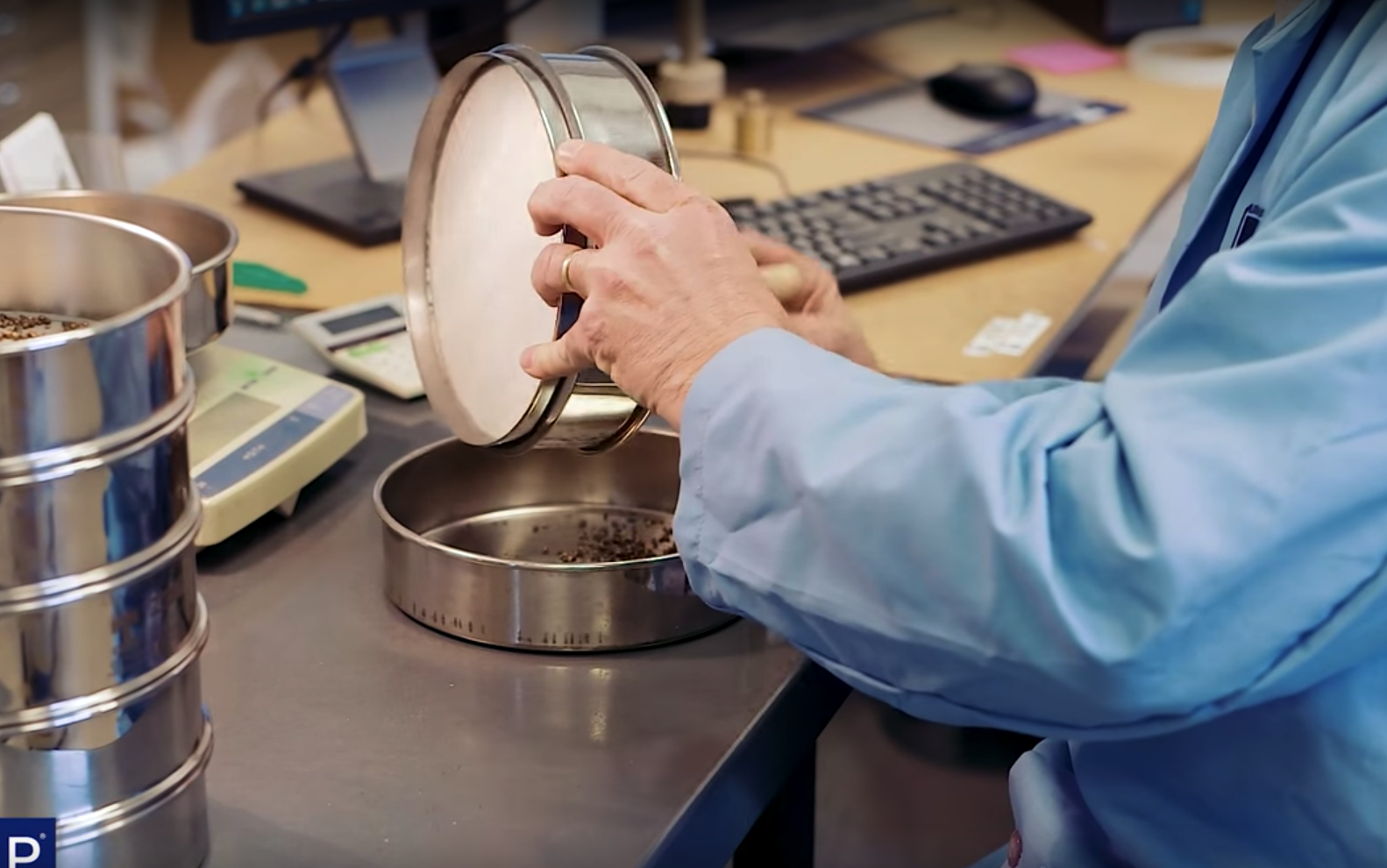Why Are My Test Sieve Analysis Results Different?
When it comes to the quality control of your operation, you must analyze the material that’s being worked with accurately. In regards to test sieve analysis, this means following the proper protocol to run your samples, record your results, and maintain your equipment.
That being said, there are countless cases in which operations begin to yield fluctuating results. If you’re faced with inconsistent results, what actions can you take to get your operation back on track?
As a leading test sieve manufacturer, W.S. Tyler is here to help you effectively carry out your particle analysis testing and produce accurate results consistently.
In this article, we will analyze the conditions that may adversely affect the repeatability of your sieve results as well as some useful tips to improve your process.
What Causes Inconsistent Test Sieve Analysis Results?
Before we can address some of the tips and tricks you should implement to avoid inconsistent results, we need to review why you may encounter them. Here is a list of the six main reasons for not getting repeatable results when conducting a test sieve analysis:
1. The Shape of the Material You Are Sieving
Material with a high aspect ratio, such as rice, or material with a flat, irregular surface, such as cereal, are tough to sieve and obtain repeatable results. This is why it’s important to employ the correct equipment to carry out your process.
If irregular particle shapes are causing issues for your operation, a Dynamic Image Analysis System may be a good solution.
2. Overloading the Sieves
There are a finite number of openings in the woven wire mesh of a sieve. In order to achieve accurate/repeatable sieve results, each particle on the sieve(s) must have an opportunity to pass through an opening.
By overloading the sieve, you decrease the opportunity for the particles to find an opening to pass through and, in turn, begin to reduce the effectiveness of the RO-TAP®.
3. Wrong Sieve Diameter
This directly relates to overloading your test sieves. The diameter you choose should be based on the amount of material you intend to run. This is because the greater the sieve diameter, the more available openings there are.

Reducing the number of available openings increases the chances of blocking the openings, which will skew your results.
4. Bad Sieves
If the wire cloth in your sieve frame becomes loose, the agitating action of the RO-TAP is compromised. In order for the sieve to function properly, the wire cloth should be drum-tight.

If a sieve in your stack has a loose or detached wire cloth, the sieve should be replaced.
5. Taking a Bad Sample
Your results will only be as good as your representative sample.
It is imperative that you use best practices when gathering and handling your sample. This includes using either the Coning and Quartering method of sample division or using a splitter to create even sample portions.

Refer to How to Prepare a Sample for Particle Size Testing (Splitters & Quartering) for a detailed explanation of this process.
6. Sieving Time
The amount of time in which you take to conduct your test sieve analysis is perhaps the most important of all.
Remember, you can’t run your test too long, but you can run it for too short of time.
Referring back to the shape of the material you are working with, the more your material deviates from being round, the more time you need to add to the RO-TAP.

How Do I Achieve Sieve Results That Are Accurate and Repeatable?
Now that you have a general understanding of the many factors that can cause inconsistent results, you’re probably curious as to what you can do to achieve the most accurate and repeatable results.
Let’s dive into some of the best practices for obtaining desirable sieve results.
Preparing Good Representative Samples
The number one thing for getting good sieve results is taking a good representative sample of the material you are going to sieve. Be sure to evenly divide and accurately weigh each sample. If you drop or lose any material in between testing, you should gather enough material to make up for what was lost.
Selecting the Right Sieve Size
You also want to make sure you choose a sieve size that will best fit the sample size you are running. Selecting a sieve size that’s too large will result in unwanted particles making their way through the mesh openings.
On the other hand, selecting a sieve size that’s too small may prevent desired particles from passing through, causing them to accumulate in the openings and hinder the results of the test.
For more information on how sieve size plays are role in yielding accurate results, refer to our article: How Sieve Size and Sample Weight Affect Particle Size Analysis.
Determine the End Point of Sieving
Lastly, you will want to determine the “End Point of Sieving” for the material you are testing. To determine the End Point of Sieving, perform the following:
- Put the sieve stack together for the material you are running.
- Put the material to be run on the top sieve of the stack.
- Place the sieve stack in your sieve shaker and run the material for three minutes.
- Remove the sieve stack from the shaker and weigh each sieve individually without removing the material. Record the weight of each sieve.
- Put the sieve stack back in the sieve shaker and run the sample for an additional minute.
- Remove the sieve stack and weigh each sieve individually and record the weight.
If 0.1 gram or more material passed from one sieve to another, repeat steps 5 & 6 until less than 0.1 gram of material passes between the sieves.
Learn More About Test Sieve Analysis Best Practices
Having a seemingly perfect particle analysis process begin to produce inconsistent test results and repeatability is not unheard of. In fact, it’s more common than you think.
It’s for this reason that the quality control of a wide range of operations depends on you addressing any inconsistencies as quickly as possible.
To ensure your operation is running efficiently, particle analysis is a must. This means you need to use best practices during every analysis you conduct, taking how you handle your sample, record your results, and maintain your equipment into consideration.
To learn more about the best practices associated with test sieve analysis and become experts, feel free to explore our Maintaining and Cleaning Test Sieves product page.
Want all the latest industry trends and innovations sent directly to your inbox? Subscribe to our monthly newsletters today.
You May Also Find the Following Articles useful:
About Terry A. Reckart
Terry Reckart is a consultant for W.S. Tyler, specifically working with the Computerized Particle Analyzer. His responsibilities include providing technical support, conducting product demonstrations, running samples for customers, and supporting efforts that help customers determine whether or not dynamic image analysis is right for them.



